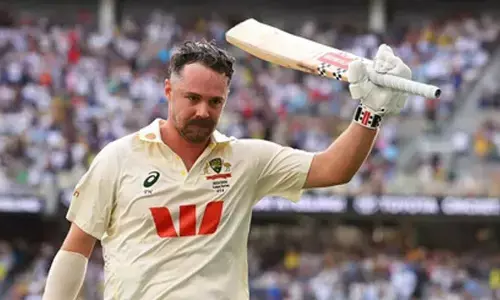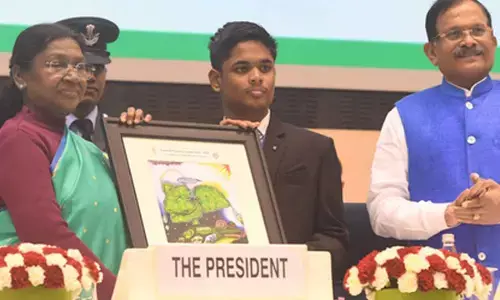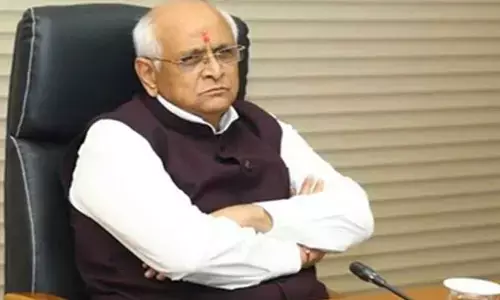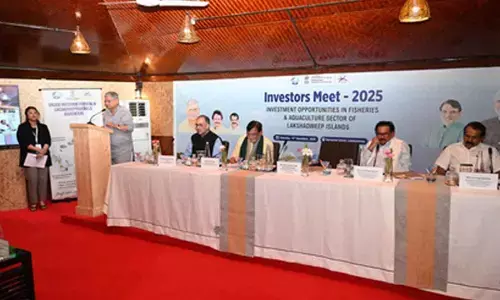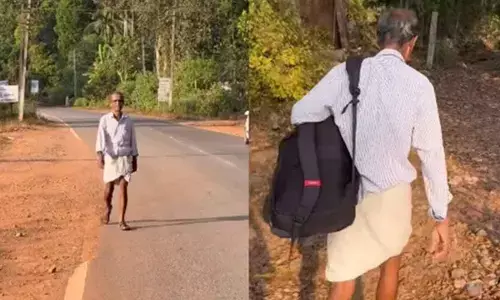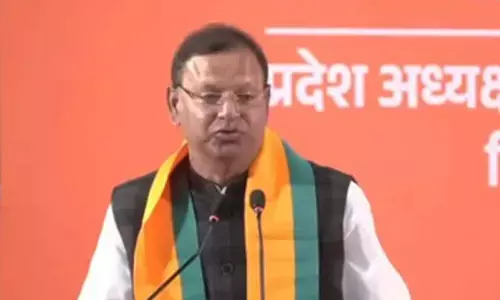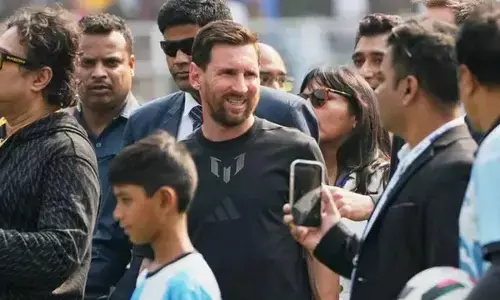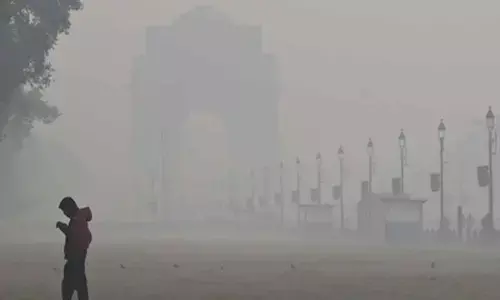Myths and facts about Indian Civil Services Examination
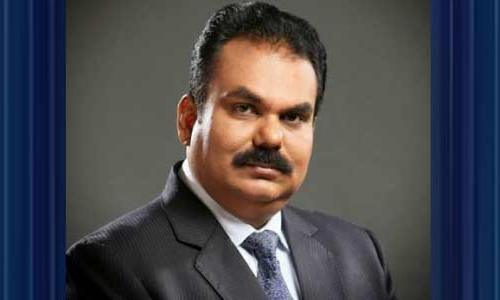
The repute a civil servant commands is matchless hence lakh of aspirants appear for Civil Services Examination every year All the same, doubts and myths lingering with the examination are also countless and give rise to many halfbaked truths In this article, an attempt is being made to dispel certain popular myths by confronting them with the corresponding realities
The repute a civil servant commands is matchless hence lakh of aspirants appear for Civil Services Examination every year. All the same, doubts and myths lingering with the examination are also countless and give rise to many half-baked truths. In this article, an attempt is being made to dispel certain popular “myths” by confronting them with the corresponding “realities”.
Myth: There is too much political interference in the IAS and the IPS.
Reality: Both the IAS and IPS officers work in close contact with the people and the decisions taken by them have immense impact on the common man. Any position in which a lot of authority is vested is bound to have controls as well. The more important the position is the greater the control will be. However, most of us tend to believe that private sector offers a great degree of independence which is not true. The top positions in the private sector are also subject to control or interference in some form or the other.
Myth: Bright students having excellent academic record can only crack civil services examination.
Reality: We all have our own set of definitions about intelligence. Can we call a student intelligent, if he has consistently secured first division? Or a student who scores 100% in Mathematics or Physics at 10th standard can be tagged as “Intelligent”. The fact is, the notion of intelligence takes into consideration various definitions. However that may be, a survey conducted a few years back revealed that most of the successful candidates in Civil Services Examination had secured only a second division in graduation which led us to believe that a high academic score is a definite asset but a second or third division is definitely not an impediment to attain success.
Myth: Some optional have better prospects at the preliminary
Reality: Candidates have 23 optional to choose from and each of them offers equal chances of success. UPSC follows the “proportionate method of representation” which weigh every optional proportionally.
Myth: A large number of candidates are opting for optional ‘X’. Hence it is better to take optional ‘Y’, which is chosen by very few candidates.
Reality: If a large number of students opt for a particular discipline then the number of students selecting it for mains will be equally large. If a small number opt for a particular subject, the number selected will be correspondingly less.
Myth: Every optional has a ‘cut-off’ mark. Hence it is better to choose one with a low cut-off.
Reality: What do we understand by cut-off? Out of the 10,000 qualified candidates, marks scored by the last candidate mark the ‘cut-off’ thus candidates who score more than the cut-off will qualify and those who don’t will not. In a competitive examination, a cut-off score change from year to year and there is no qualifying score.
Myth: Questions asked in optional ‘X’ are difficult and perplexing. Hence it is better to choose optional ‘Y’.
Reality: In a competitive exam, if the questions are difficult, every aspirant will score less and automatically the cut-off marks will be low.
Myth: The General Studies paper accounts for only 150 marks on the other hand the optional paper amounts to 300. Therefore General Studies calls for more attention.
Reality: While it is true that more attention needs to be given to optional, preparation for General Studies cannot be neglected. Remember, every mark counts and a single mark determines success or failure.
Myth: The same subject for Prelims and Mains should not be chosen.
Reality: However there is no rule of thumb that the same optional needs to be chosen both for prelims and mains exam but it is advisable to stick to one subject. If different options are taken it would lead to tragic waste of time.
Myth: When the same optional is picked up both for the Prelims and the Mains exam then it is not required to prepare separately for the preliminary examination. Preparation for the Mains is all sufficient.
Reality: The preliminary calls for a micro approach requiring close acquaintance with details whereas the mains require abroad perspective. Hence, even though, 90% of the preliminary syllabus is included in the mains, different methods of preparation are required.
Myth: In order to crack the Civil Services Examination, an aspirant has to toil for at least 16 hours a day.
Reality: Successful candidates in CSE examination state in one voice that it is not the number of hours that is important but the work that you put in those hours is important. We all have a “span of attention “and the preparation should be tailored accordingly. However, tall claims are made about 16 hours of extensive study but weather it is humanly possible or not is still debatable.
Myth: Nobody can be sure of his success in Prelims until the results are announced so it is better to set about preparation for the Mains, only after the Prelims.
Reality: Like any other competitive exams, Civil Services Examination also has a ‘chance’ factor. However, through a well-directed effort an element of chance can be cut-down to a large extent. Preparation in the right direction steps up your chances of success in the examination to 90%. However, Mains exam is conducted 3 months after the declaration of Prelims result, yet 90 days is ‘just not’ sufficient to prepare for two optional, an essay and a General Studies paper.
Myth: The provisions of reservation are not applied at the preliminary Examination
Reality: The provisions of reservations are applied at each stage of the examination; otherwise a proportional representation to the next stage is not possible.
The author is Founder and Director, Chanakya IAS Academy








